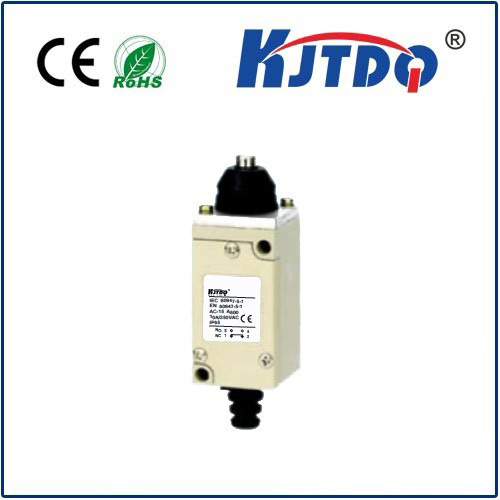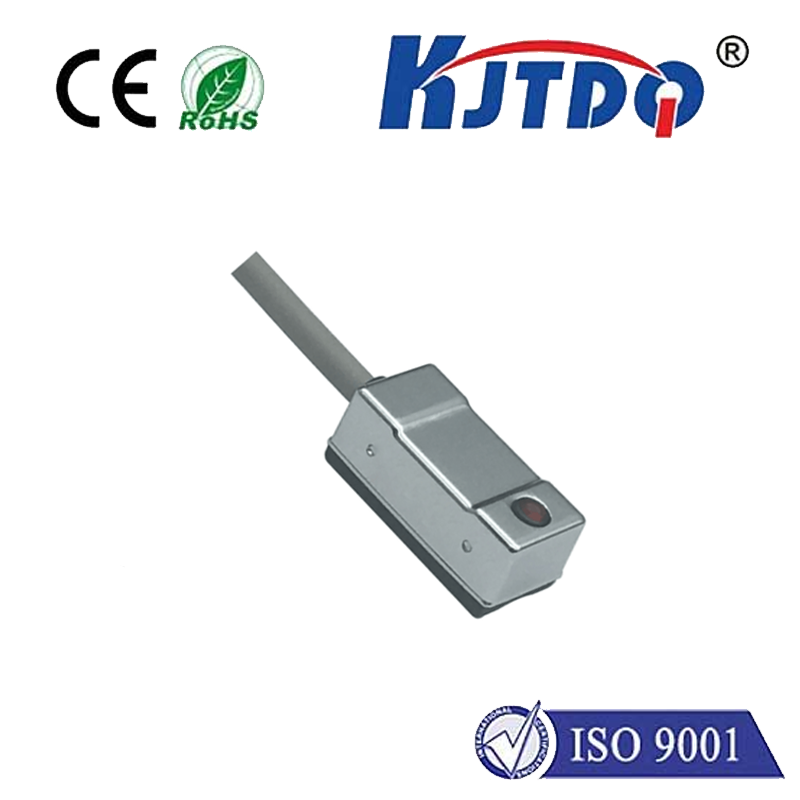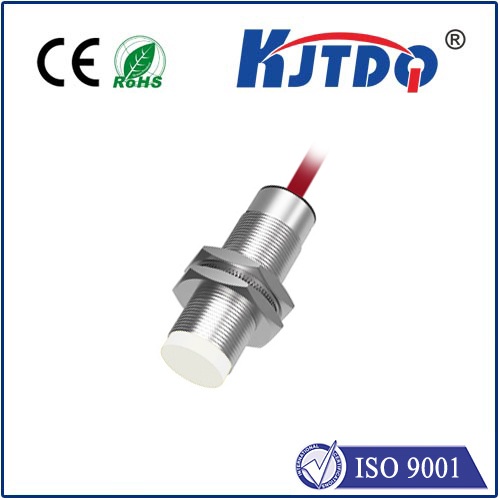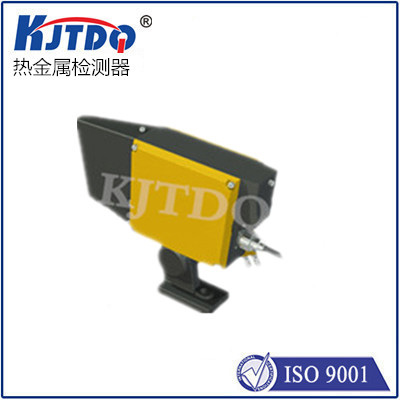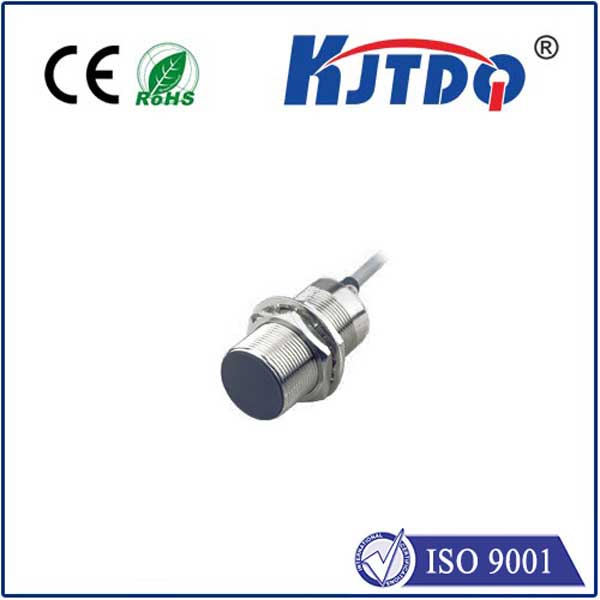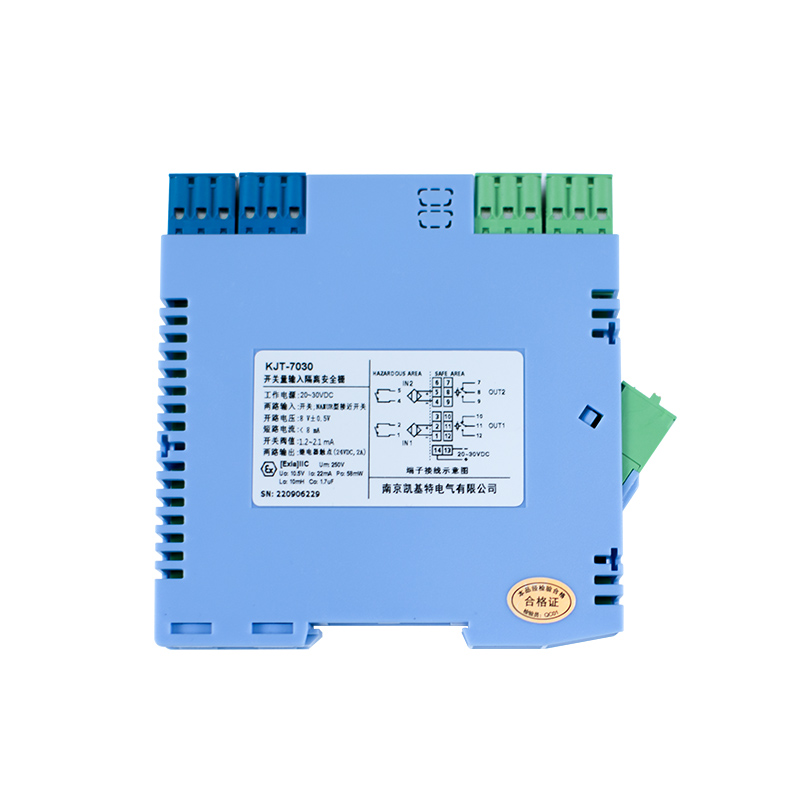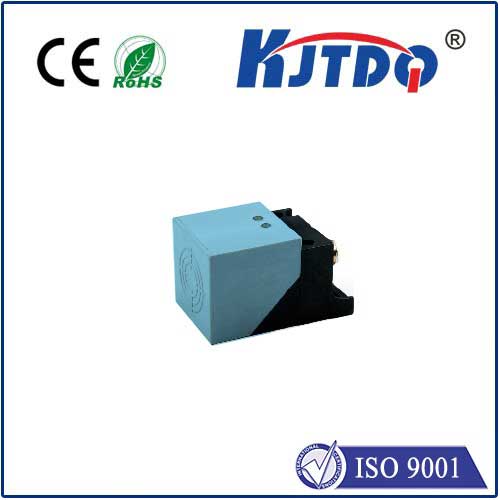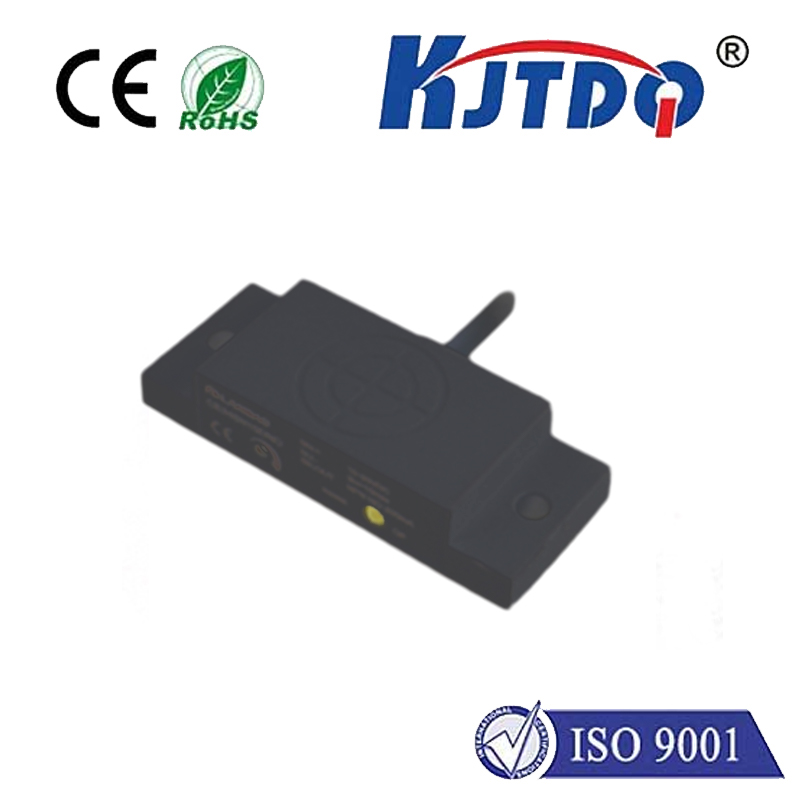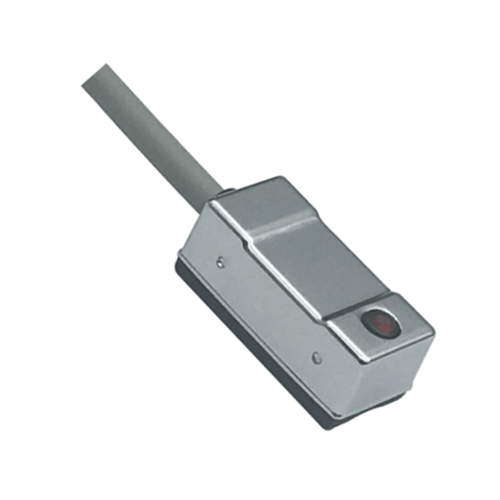Ever wondered how manufacturing lines flawlessly count products whizzing by, or how elevators know precisely when your floor arrives? Or perhaps marveled at the seamless operation of high-security access gates that unlock only when authorized personnel approach? The answer often lies in a deceptively simple yet powerful technology: the proximity transmitter.
These ingenious devices are the cornerstone of contactless sensing, a critical capability in modern automation and control systems. Unlike mechanical switches that require physical contact to trigger, proximity transmitters detect the presence, absence, or distance of a target object without touching it. This fundamental characteristic unlocks a world of reliability, longevity, and versatility impossible for traditional contact-based methods.
How Do Proximity Transmitters Work?
At their core, proximity sensors function by establishing an electromagnetic field or emitting energy (like infrared light or ultrasonic waves) from an active sensing face. When a target object enters this predefined detection zone, it disturbs the field or reflects the emitted energy. The передатчик ближнего действия meticulously monitors these changes, translating the disturbance into a clean, standardized electrical output signal.
This выходной сигнал is the key. It acts as the definitive “yes, object detected” or “no, object absent” communication. Common output configurations include:
Unpacking the Common Types: Inductive, Capacitive & More
The principle behind detection dictates the type of передатчик ближнего действия and its ideal application:
Inductive Proximity Sensors: These are the undisputed workhorses of metal detection. They generate an oscillating electromagnetic field. When a ferrous (iron/steel) or non-ferrous (aluminum, copper, brass) metal object enters this field, it induces eddy currents within the metal. This energy loss alters the field’s strength, detected by the sensor’s circuitry. Key characteristics:

Excellent reliability: Immune to dust, dirt, oil, moisture (often rated IP67/IP69K).
High switching frequencies: Can detect objects moving at very high speeds.
Long operational life: Maintenance-free due to the lack of moving parts and contactless operation.
Primarily detect metals only. Detection range depends on the material type and sensor size.
Capacitive Proximity Sensors: These operate by establishing an electrostatic field. Any object entering this field (metal, plastic, wood, glass, liquids, granular materials) alters its capacitance. This change is detected and triggers the output. Key characteristics:
Многогранность: Can detect virtually any material.
Ideal for non-metal detection: Crucial for applications like level sensing in plastic tanks, detecting filled containers (glass/plastic), or sensing labels/papers.
Often adjustable sensitivity: Allows tuning out unintended targets (e.g., container walls).
Generally shorter range than inductive models for equivalent sizes.
Photoelectric Sensors: While sometimes categorized separately, photoelectric transmitters use light beams (visible, IR, laser) for detection. They can operate in through-beam (transmitter/receiver pair), retro-reflective (bounces light off reflector), or diffuse (reflects light off target) modes. They excel at longer ranges and detecting very small objects or color differences. Proximity photoelectric sensors often refer to the diffuse type where the transmitter/receiver are in one unit, detecting the reflection from the nearby target.
Ultrasonic Proximity Sensors: Emit high-frequency sound waves and measure the echo return time. Excellent for detecting objects regardless of color, transparency, or material (liquids, solids), and particularly good for distance measurement and level sensing, even in dusty environments. Less common for simple presence/absence at short ranges compared to inductive/capacitive.
Why Proximity Transmitters Are Essential: Key Advantages
The widespread adoption of proximity transmitters stems from compelling advantages over mechanical alternatives:
Powering Efficiency Across Diverse Industries: Applications Galore
The applications for передатчик ближнего действия technology are ubiquitous across automation:
